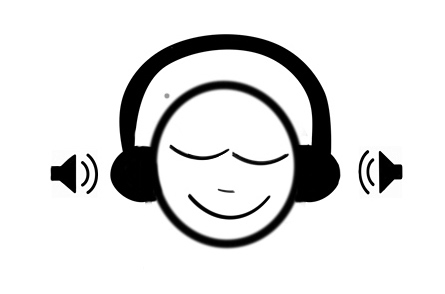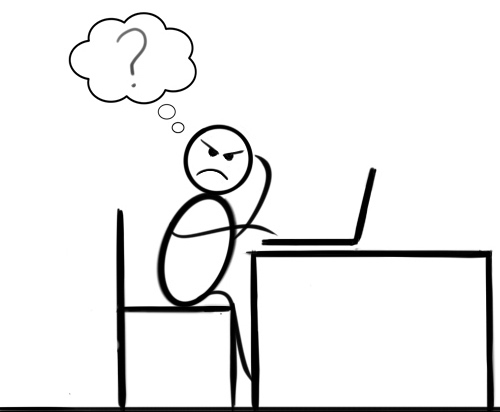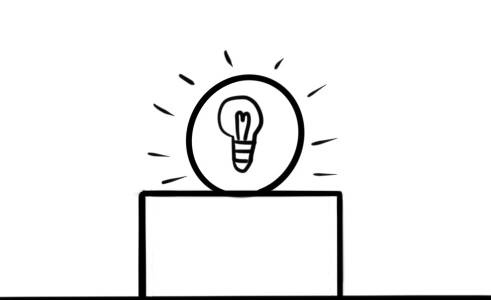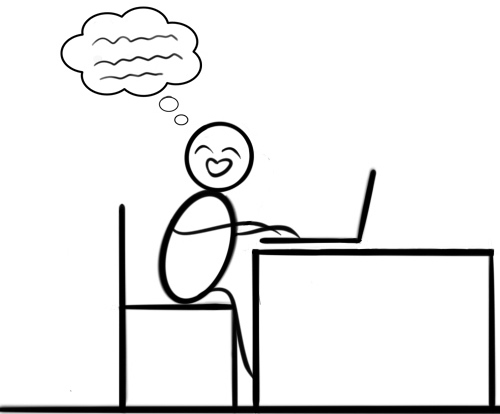Fighting Writers Block
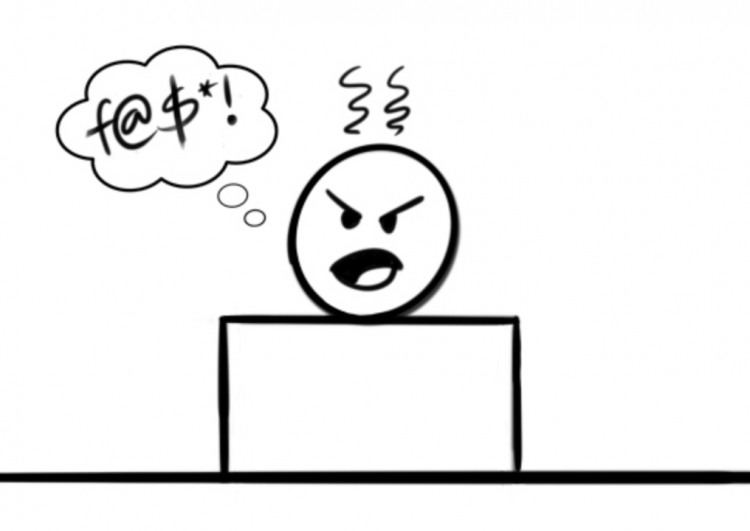
Writer's block is a familiar condition for nearly every person who writes, whether it be professionally, academically, or just for fun. The usual "symptoms" include being unable to produce work, a lack of creativity, or more simply, feeling like they have nothing to say. It can last just a few days or worse, for years. At times it seems there is nothing worse than being unable to write when your fingers are just itching to do so.
Although causes may vary from individual to individual, some of the most common are, a lack of inspiration, personal problems such as perfectionism, depression, a failed relationship, stress, or fear of failure. Especially when it comes to academia, this is a well-known problem. The Guardian reports that writing blocks are most common among advanced undergraduates, scholars, and other people who are expected to produce high-quality pieces of work regularly. Even if there is nothing "wrong" in someone's life, they can still fall prey to writer's block. Here are some useful tips for moving past it.
1. Music
Music can improve your creativity. Image credit: Jerotich MaswanListening to the right music can immediately set the right tone for work. Tati, an aspiring writer and student at AUP, advises listening to lo-fi playlists. She claims that music with no lyrics helps her to think more clearly.
I personally create theme and character-specific playlists so that I have the appropriate playlist for each character and each situation, be it a love scene or a battle scene. When I play a specific playlist, it helps me imagine each line in my head like a movie. Being able to see my story makes it easier for me when I start writing. Toni Morrison, the author of The Bluest Eye, among many others, calls this a "writing ritual". She observed that knowing how to optimize your creativity helps you to prepare to get work done and ensures that your writing will flow.
2. Get rid of any possible distraction.
When dealing with writer's block it's common to become distracted by the smallest things. At times, the internet can be your worst enemy. It's easy to find yourself scrolling through your social media feed only to realize two hours later that you have been neglecting your work. Before starting to write, get rid of anything that could potentially distract you, whether that's your phone, your pet, or your significant other. It may even benefit you to tell your friends and family not to contact you during your "writing hours".
Choose a place with minimal distraction. There are useful programs which are only for writing and nothing else. They block out the rest of your computer leaving you with no choice but to concentrate and write. Try out are Writeroom for Mac and Darkroom for PC.
3. Get Creative
Looking at or creating aesthetic mood boards is another way to find inspiration. Young adult fiction writer Cassandra Clare, famous for her best selling series, The Mortal Instruments, has an account on Pinterest where she creates mood boards for her novels.
Looking at pictures is a great way to get inspired. Whether they're unique scenes, exciting clothing, or bold details, you never know what may jump out and encourage you to keep writing. Many well-known writers claim to have been inspired by art and architecture, but if your surroundings don't seem to be doing the trick, check out travel and scenic Instagram pages to try and get your creativity flowing.
4. Set Limits
Another method is setting word count or time limit. Many well-known writers use this trick to encourage themselves. Some aim for 500 words and promise themselves not to leave the chair until they have reached their goal, and others set a timer and try to write as much as they can before it goes off. Graham Greene, a famed author who has written 24 novels, accomplished so much by being methodical. He claims that he originally wrote about 500 words a day, but as he aged, lowered it to 300. Stephen King, an author well known for his hundreds of short stories and novels, aimed to write about 2,000 words a day.
Taking away some liberty as a writer and giving yourself restraints, while difficult, can be quite useful. Having the freedom to write whenever seems nice, but it can quickly become an Achilles heel. With a seemingly endless amount of time to work, you may find yourself waiting until the last minute to begin. This often creates sloppy work at which can leave writers discouraged and in a negative cycle, landing them in a writer's block. Setting goals for each writing session is a great way to stay on schedule and keep focused.
Think, think, think. Image credit: Jerotich Maswan5. Think Ahead
Brainstorming ideas is another way that some writers combat blockage. Just write down five ideas every day, be it a short prompt for a scene, or an idea for a potential novel, whatever it is it will surely come handy when you are desperately searching for a little inspiration when you are in your writer's block.
Have an idea? Outline. Image credit: Jerotich MaswanIt's instrumental to create a framework for your paper to follow. I always stubbornly refused to create an outline, relying only on my creativity and hoping to come up with the plot as I wrote. Often I found myself lost in my own story, unsure what to do with the characters next. I would lose my sense of direction and create plot holes I did not know to get out of, which lead me to writer's block.
After one of my professors' advised me to make an outline, I took my time and finally created one. When I started writing, I knew exactly where I was headed and how each scene would play out. It was much easier to write. I felt inspired and used every free moment I had to work on my craft when before the uncertainty of where my story was going next would make me feel nothing but dread.
6. Comic Sans Theory
Some months ago a user on twitter made a post about the font "comic sans", claiming that it can boost creativity and writing speed. The theory went viral, and a surge of Twitter users put the method to use. Surprisingly many argued that it actually helped them write when before they were stuck in a rut.
Two AUP students in the English department had heard of the theory. Tati claimed that the comic sans trick might work for her in the sense that its silly appearance may take off the pressure of starting a new project. Ellie, an aspiring writer at AUP, put the comic sans trick to the test and claimed that after three weeks of not being able to write, she was able to write 3000 words in one go. She eventually stopped using the font because she felt that it made her write sentences that were below her level.
One user on Twitter said that comic sans is dyslexic friendly, naturally attracting people's attention to it. The first time I used the font I was shocked because I wrote more than 2,000 words in an hour. The next day I tried the font again, and my creative surge continued. Eventually, I concluded that the comic sans theory had more to do with believing that it worked, rather than the font itself. I realized I had seen so many writers claiming it helped that I ended up convincing myself that it actually did. I tricked myself into thinking that the font was inspiring me and helping me to write faster when in reality the ability was inside of me the entire time.
Writing is supposed to be fun, don't forget that. Image credit: Jerotich Maswan

